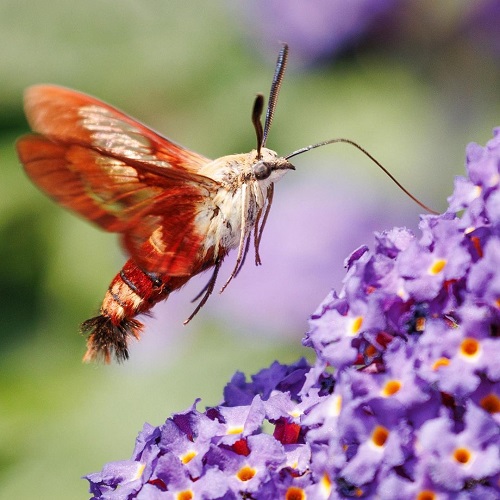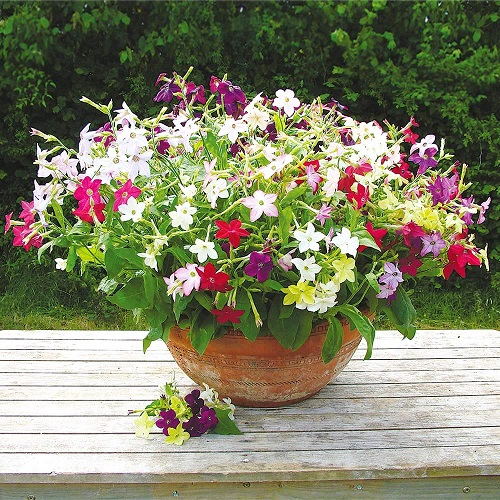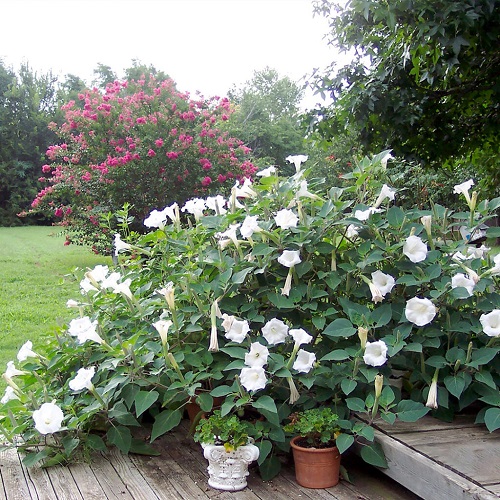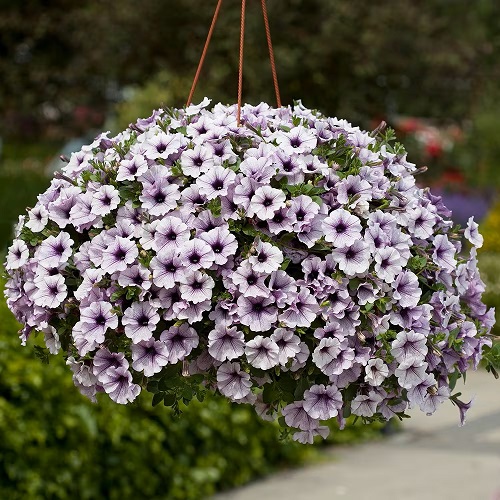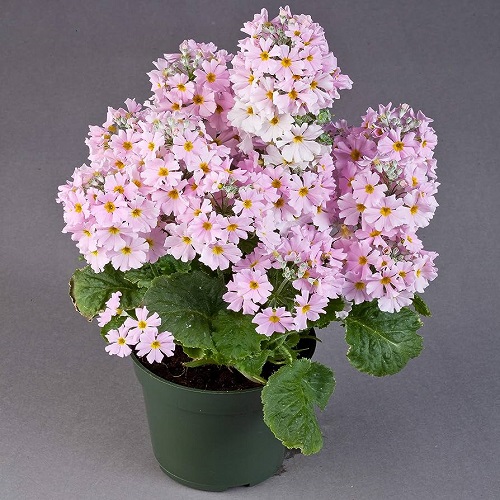Meet the Hummingbird Moth, a creature that looks like a hummingbird but is actually a moth, with its dazzling colors and mesmerizing flight.
With its dazzling colors and mesmerizing flight, Hummingbird Moth has captured the attention of nature enthusiasts and scientists alike. So, let’s delve into the fascinating world of the hummingbird moth and discover what makes it so unique!
Find out 7 Types of Best Hummingbird Foods here
What are Hummingbird Moths?
The Hummingbird Moth, commonly known as the Hummingbird Clearwing, is a fascinating insect that can be found throughout the world. Despite being a moth, it looks like a hummingbird, with its plump body, long proboscis, and colorful wings.
Hummingbird Moth is a master of flight, hovering in mid-air as it sips nectar from flowers using its long proboscis. Its wings beat rapidly, so quickly that they are often just a blur to the human eye. Watching a Hummingbird Moth in action is a truly mesmerizing experience.
These moths are also incredibly colorful, with bright shades of green, pink, and brown on their wings and bodies. Some species even have stripes and spots that add to their beauty.
Unlike many other moths, Hummingbird Moth are active during the day, making them easy to spot. They can often be found in gardens and meadows, flitting from flower to flower in search of nectar.
Want to know more? Here are Cute Moths that are as Beautiful as Butterflies
Best Types of Hummingbird Moths
There are more than 1,450 species of hawk moths worldwide, and several of them are popularly recognized as hummingbird moths because of their resemblance to hummingbirds. Here are some of the most beautiful and interesting varieties:
- White-lined Sphinx (Hyles lineata): This is perhaps the most common hummingbird moth in North America. The adults have a wingspan of about 2-3 inches and a bright, colorful body with a white stripe running down the side, hence the name.
- Snowberry Clearwing (Hemaris diffinis): Popular for their transparent wings and a body that is olive-green and burgundy, these moths are often mistaken for bumblebees. They’re common across North America.
- Hummingbird Hawk-Moth (Macroglossum stellatarum): Common across the globe, these moths are medium-sized with brown and grey coloration and orange hindwings. They are especially famous for their remarkable hovering ability, resembling a hummingbird.
- Nessus Sphinx (Amphion floridensis): This moth is common in the eastern United States and Canada. It has a wingspan of about 2 inches and is noted for its distinct two bright yellow bands across its abdomen.
- Virginia Creeper Sphinx (Darapsa myron): These moths have a soft orange-brown color with a pink or peach hue towards the rear. They’re popular across the eastern parts of North America.
- Elephant Hawk-Moth (Deilephila elpenor): It belongs to the same family and is one of the most beautiful. It is common across Europe and Asia – popular by its large size and vibrant pink and green colors.
- Pandorus Sphinx (Eumorpha pandorus): Native to North America, the Pandorus Sphinx is a large and attractive moth, featuring an intriguing pattern of olive and burgundy hues, with pink spots along the body’s sides.
- Gardenia Hawkmoth (Cephonodes kingii): Common in Australia and Southeast Asia, this moth is a wonder to behold. With transparent wings and a bright green body, they’re quite attractive.
How to Attract Hummingbird Moth?
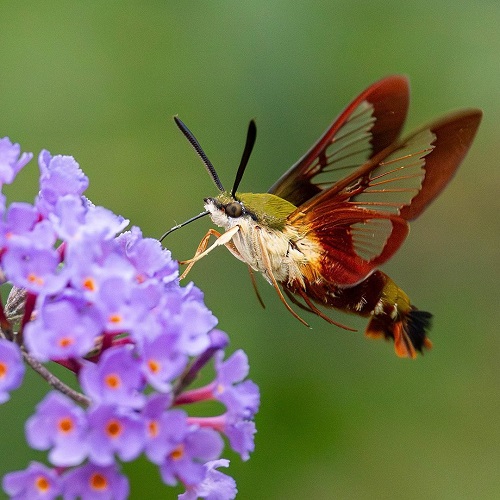
1. Plant Nectar-Rich Flowers
Hummingbird Moth are attracted to flowers with long, tubular shapes, such as honeysuckle, bee balm, phlox, and verbena. Make sure to plant a variety of flowers that bloom throughout the summer to provide a continuous food source for the moths.
2. Provide Host Plants
Some species of Hummingbird Moths lay their eggs on specific plants. For example, the Hummingbird Clearwing Moth lays its eggs on honeysuckle, while the Snowberry Clearwing Moth prefers snowberry plants. By providing host plants, you can attract the moths to your garden and help ensure their survival.
3. Avoid Pesticides
Pesticides and other chemicals can harm hummingbird moths and their food sources. To attract these insects, it’s best to use natural pest control methods and avoid spraying chemicals on your plants.
4. Offer Sugar Water
Hummingbird Moth are also attracted to sugar water. Mix one part sugar with four parts water and place the solution in a shallow dish or feeder. Hang the feeder in a shaded area of your garden and replace the solution every few days.
5. Create a Habitat
Hummingbird Moths need shelter and hiding places in the garden. Provide dense foliage, such as bushes and trees, and create a moist environment with a shallow water source, like a bird bath or saucer of water.
6. Provide Warmth
Hummingbird Moths are cold-blooded and need warmth to fly. Choose a sunny spot in your garden and add a few flat rocks or a dark-colored surface for the moths to bask in the sun.
Plants that Attract the Hummingbird Moth
1. Bee Balm
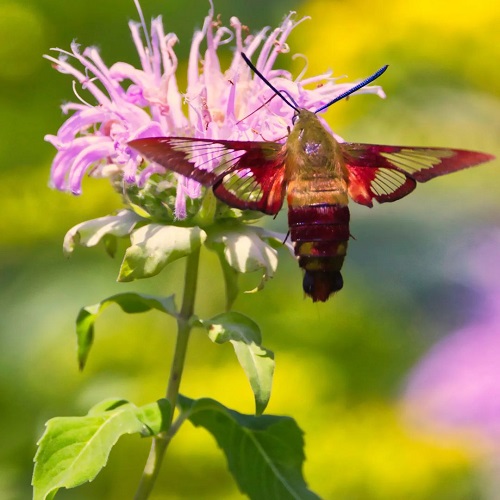
photo_forthemoment
Botanical Name: Monarda
The flowers’ sweet nectar and distinctive scent attract these insects, making bee balm a must-have in any garden.
2. Butterfly Bush
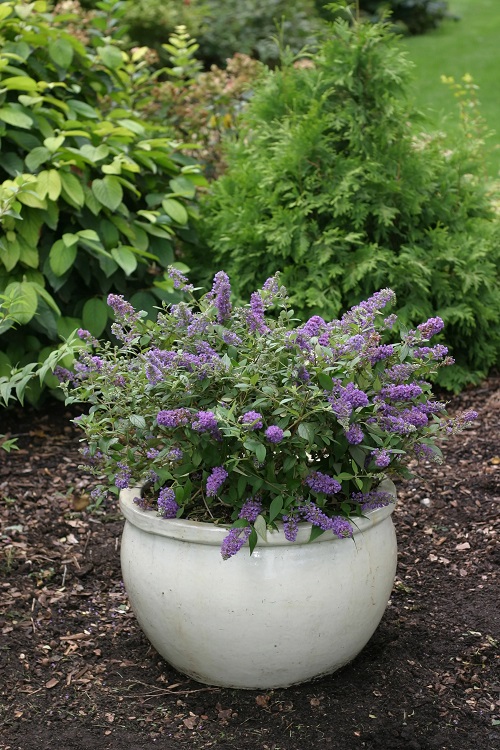
Botanical Name: Buddleja
Its fragrant blooms release a sweet aroma that attracts moths and other pollinators, making it a beautiful and functional addition to any landscape.
3. Spider Flower

Botanical Name: Cleome hassleriana
The flowers’ sweet nectar and distinctive shape make them a favorite of these insects, who will be drawn to your garden in droves.
4. Flowering Tobacco
Botanical Name: Nicotiana persica
With its fragrant, trumpet-shaped flowers in shades of pink, white, and yellow, flowering tobacco is a must-have for any garden that wants to attract Hummingbird Moths.
5. Honeysuckle
Botanical Name: Lonicera
The plant’s long, tubular blooms are perfect for Hummingbird Moths, who will use their long proboscis to sip nectar and pollinate the flowers.
6. Impatiens
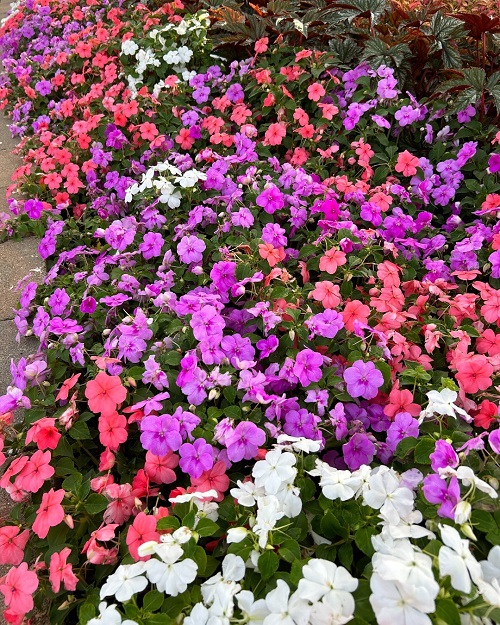
Botanical Name: Impatiens
With its bright, cheerful flowers in shades of pink, red, orange, and white, impatiens is a favorite of Hummingbird Moths. It offers sweet nectar.
7. Jasmine
Botanical Name: Jasminum
Known for its delicate, fragrant flowers in shades of white and yellow, jasmine is a beautiful and enticing plant that will attract Hummingbird Moths to your garden.
8. Moonflower
Botanical Name: Ipomoea alba
The flowers’ sweet scent and nectar make them a favorite of Hummingbird Moths, which are most active in the evening and at night.
9. Morning Glory
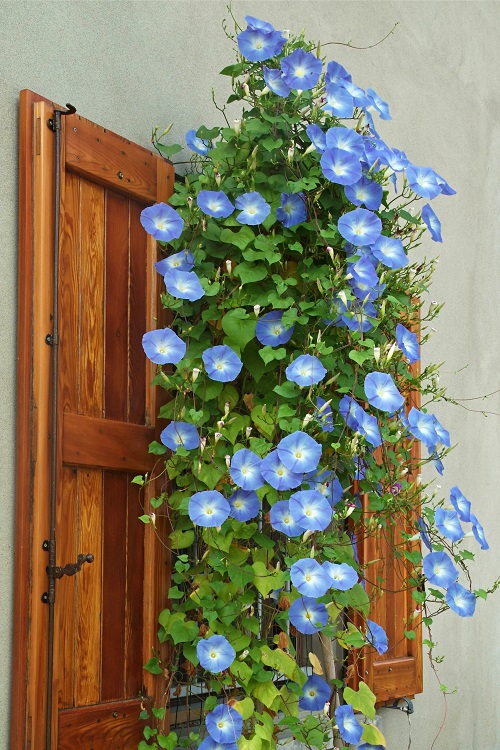
Botanical Name: Ipomoea
With its bright, trumpet-like flowers in shades of blue, purple, pink, and white, it is a beautiful and attractive plant that will bring Hummingbird Moths to your garden.
Love the look? Check out Flowers that Look Like Morning Glories here
10. Petunias
Botanical Name: Petunia
The flowers’ sweet scent and nectar-rich blooms make them a favorite of Hummingbird Moths, that are attracted to it like an iron to the magnet!
Here’s everything you need to know about growing Petunias
11. Primrose
Botanical Name: Primula
With its bright, colorful flowers in shades of pink, purple, and yellow, primrose is a beautiful and eye-catching plant that will attract Hummingbird Moths.
12. Trumpet Flower
Botanical Name: Brugmansia sanguinea
The flowers’ sweet nectar and distinctive shape make them an irresistible target for Hummingbird Moths, who will use their long proboscis to sip nectar from the blooms.

